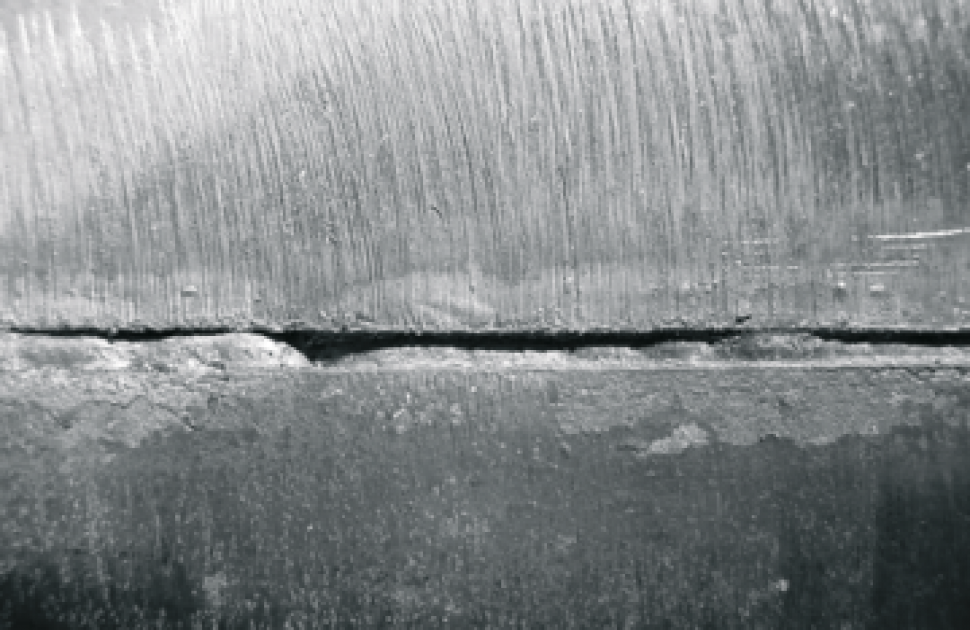Ultimate Guide to Preventing Weld Undercut: Tips and Techniques
Ultimate Guide to Preventing Weld Undercut: Tips and Techniques
Blog Article
A Comprehensive Overview to Identifying, Stopping, and Correcting Undercut Welding Troubles in Your Welding Tasks
In the world of welding, coming across undercut problems is a typical challenge that can compromise the architectural stability and overall top quality of your welding jobs. Understanding the root creates behind undercut welding, having the ability to accurately detect it in your welds, and applying efficient preventative measures are critical abilities for any welder. In addition, having the expertise and strategies to remedy undercut problems when they do take place can make a considerable distinction in the final end result of your welding ventures. Stay tuned as we check out the important parts of determining, preventing, and taking care of undercut welding problems, giving you with important understandings and techniques to boost your welding skills to the following degree.
Typical Root Causes Of Undercut Welding
Undercut welding, a common issue in welding processes, can be created by numerous variables that require to be meticulously recognized and resolved to make sure the stability of the weld joint. One of the key reasons of undercut welding is excessive warmth input.
An additional typical source of undercut welding is inappropriate welding strategy. Poor adjustment of the soldering iron or gun, incorrect angle or range in between the lantern and the workpiece, or inconsistent travel rate can all add to the formation of undercut. In addition, making use of the wrong welding consumables or electrode size for a certain joint setup can result in undercut issues. Recognizing these origin and implementing rehabilitative procedures is necessary in stopping and correcting undercut welding troubles in welding tasks.
Identifying Undercut in Welds

To determine undercut precisely, proper lighting and magnification devices are vital to inspect the weld joint thoroughly. Using devices such as a welding gauge or a magnifying glass can help in finding even the smallest undercut flaws. In addition, running a finger or a fingernail along the weld joint can occasionally disclose undercut, as the surface area might feel unequal or have a dip where the undercut exists.
Safety Nets for Undercut
Having a deep understanding of the causes of undercut in welds permits for the application of reliable preventive actions to preserve weld high quality and stability. These settings must be optimized to stop excessive warm input, which can lead to damage development.

Methods for Fixing Undercut

To deal with undercut concerns properly, welders can utilize specific strategies targeted at rectifying the issue and recovering the stability of the weld joint. One strategy is to change the welding parameters, such as the voltage, existing, and travel rate, to guarantee correct heat input and blend. Enhancing the welding existing or decreasing the traveling speed can assist fill in the undercut. Furthermore, changing the welding method from a press to a drag or vice versa can likewise aid reduce undercut.
An additional technique is to utilize a weaving activity while welding to ensure appropriate sidewall blend and fill in the undercut. By oscillating the welding arc back and forth within the weld joint, the welder can transfer a lot more filler product into the undercut areas, successfully eliminating the problem.
Moreover, grinding out the undercut and rewelding the joint can be a feasible remedy for much more serious undercut concerns - Preventing weld undercut. This procedure involves eliminating the undercut area, preparing the base steel, and afterwards rewelding the joint with proper welding specifications and methods to stop undercut from reoccurring

Professional Tips for Preventing Undercut
Making use of proper welding strategies and maintaining control over essential welding criteria are essential methods for welders intending to avoid undercut in their weld joints. Furthermore, picking the appropriate welding process and filler metal for the certain application can aid prevent undercut. Preserving this article a constant traveling rate throughout the welding procedure is another vital idea to protect against undercut.
Conclusion
Finally, determining, protecting against, and fixing undercut welding problems in your welding jobs is important for making certain sturdy and solid welds. Preventing weld undercut. By understanding the common causes of undercut, being able to identify it in welds, implementing preventive measures, and utilizing proper techniques for fixing undercut, you can avoid potential concerns and develop high-quality welds. Adhering to specialist pointers for staying clear of undercut can assist you enhance your welding abilities and generate far better outcomes in your jobs
Undercut welding, a common problem in welding processes, can be caused by various variables that require to be very carefully determined and addressed to guarantee the integrity of the weld joint. In addition, running a finger or a fingernail along the weld joint can occasionally disclose undercut, as the surface might feel uneven or have a dip where the undercut exists.
Utilizing correct site here welding methods and maintaining control over vital welding specifications are important techniques for welders intending to stop undercut in their weld joints.In conclusion, recognizing, stopping, and repairing undercut welding troubles in your welding jobs is essential for making certain solid and durable welds. By recognizing the typical reasons of undercut, being able to determine it in welds, applying precautionary measures, and using correct methods for dealing with undercut, you can prevent possible issues and produce top notch welds.
Report this page